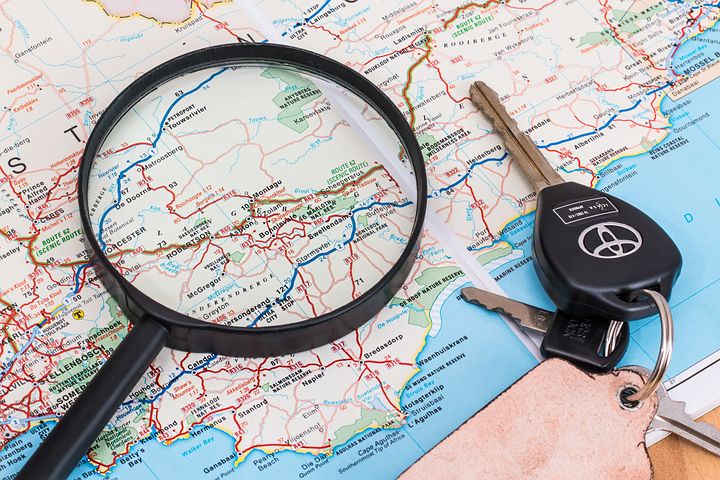RTK GPS Systems work by receiving satellite measurements to a known fixed reference station. The receiver then combines its measurements with the reference station to determine its position. This process removes common errors and makes it possible to decide on a position within two to five centimeters.
Real-Time Global Positioning System (RTGPS)
Real-Time Global Positioning System (RT GPS) systems use a global positioning system to determine a user’s location. The satellites transmit signals that combine the time and location of the earth’s surface. These signals contain atomic clocks and other data necessary for accurate positioning.
The satellite-based system was first developed in the 1960s by Bradford Parkinson, a retired colonel from the U.S. Air Force. He was inducted into the Space and Missile Pioneers Hall of Fame. The technology is used in many emergency services. It is also used in fleet tracking. The accuracy of these systems can be centimeter-level.
Real-time GPS is an advanced system of satellite navigation. It can be used in vehicles to navigate, find a location or estimate an address. The system is highly accurate and can be used in any climate or environment. The accuracy of real-time GPS systems is critical to the safety of people and property.
With the advent of GPS technology, its precision has increased tremendously. Today, GPS receivers using the L5 band can pinpoint locations to less than 30 centimeters (11.8 in). For long-term measurements, some high-end users can achieve an accuracy of two to three centimeters. Consumer devices can improve this accuracy through assistive services like Wi-Fi positioning.
As the demand for accuracy increases, GPS has undergone an upgrade. GPS technology includes new satellites, ground stations, and four additional navigation signals. The new signals called L2C, L5, and L1C will be used to improve the system’s accuracy. This upgrade will also enhance the U.S. space force’s operations, improve safety, and reduce costs.
How it works
RTK GPS systems use two separate components to determine a position. First, the base station transmits measurements to the rover. The receiver then combines those measurements with the ones of the known reference station. This process removes common errors and produces a precise position within two to five centimeters.
The rover then uses this data to calculate its location. It can use an alternative method if it is not located at the base station. It can connect to more than one base station. In this case, the base station transmits its corrected data to each rover. RTK GPS systems are extremely accurate, allowing a rover to calculate its distance within a few meters.
The RTK GPS systems by rtkgpssurveyequipment.com can communicate with each other via radio. The base station has a transmitter that transmits data in several different frequencies. Its transmitters are usually more powerful and larger than the rover transmitter. These radios are not legally operating in some countries due to concerns about interference with voice communications.
RTK works best when the distance between the rover and the base station is between ten and twenty kilometers. However, this method could perform better in urban environments with tall buildings, tree cover, or under bridges. To overcome these challenges, a receiver equipped with an inertial measurement system may be able to calculate a position.
Applications
RTK GPS Systems are used in various types of applications. The basic RTK technology uses two receivers to provide precise location information. The advantages of this technology include its high accuracy and operational reliability. These systems are particularly useful in land surveying. This technology allows mobile units to create highly accurate maps by taking fixes relative to known survey locations. Some of the other applications of RTK include auto drive/autopilot systems, machine control systems, and precision farming.
In general, RTK works best when the base station and rovers are at least six miles apart. But this distance may be limited by the effective range of a radio data link. In addition, the RTK radios can be interfered with due to high radio traffic. Hence, a good RTK system should be free from interference.
The RTK technique provides higher accuracy compared to other GNSS systems. It is particularly useful in land surveys and hydrographic surveys. It is also helpful in measuring the relative positions of stationary and moving objects. Moreover, it can be used to test ADAS systems. The RTK technique also requires at least five satellites for initialization.
The use of drones can speed up land surveying tasks and increase efficiency. The drones can also take multiple photographs of an area to produce a 3D model of the terrain. Surveyors can geo-reference the map with ground control points using these images.
